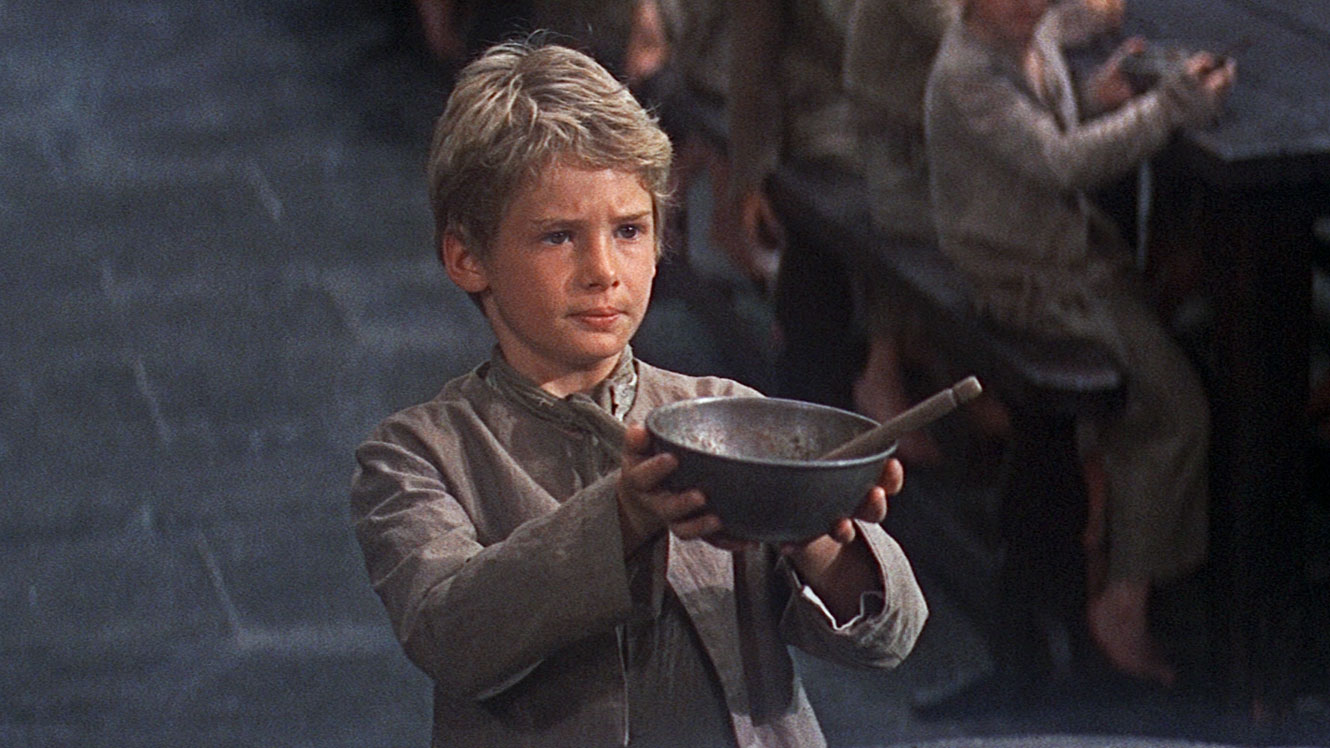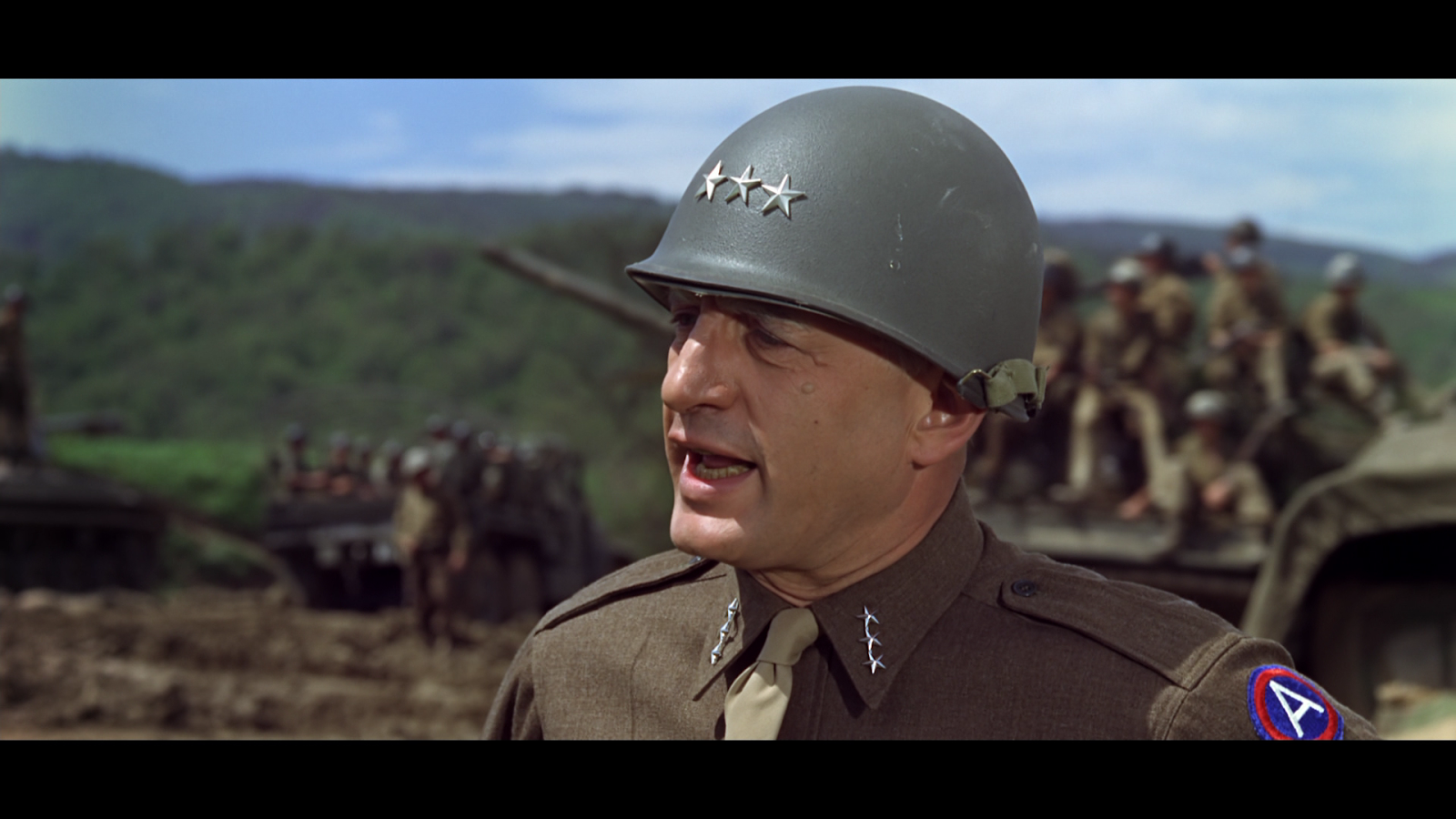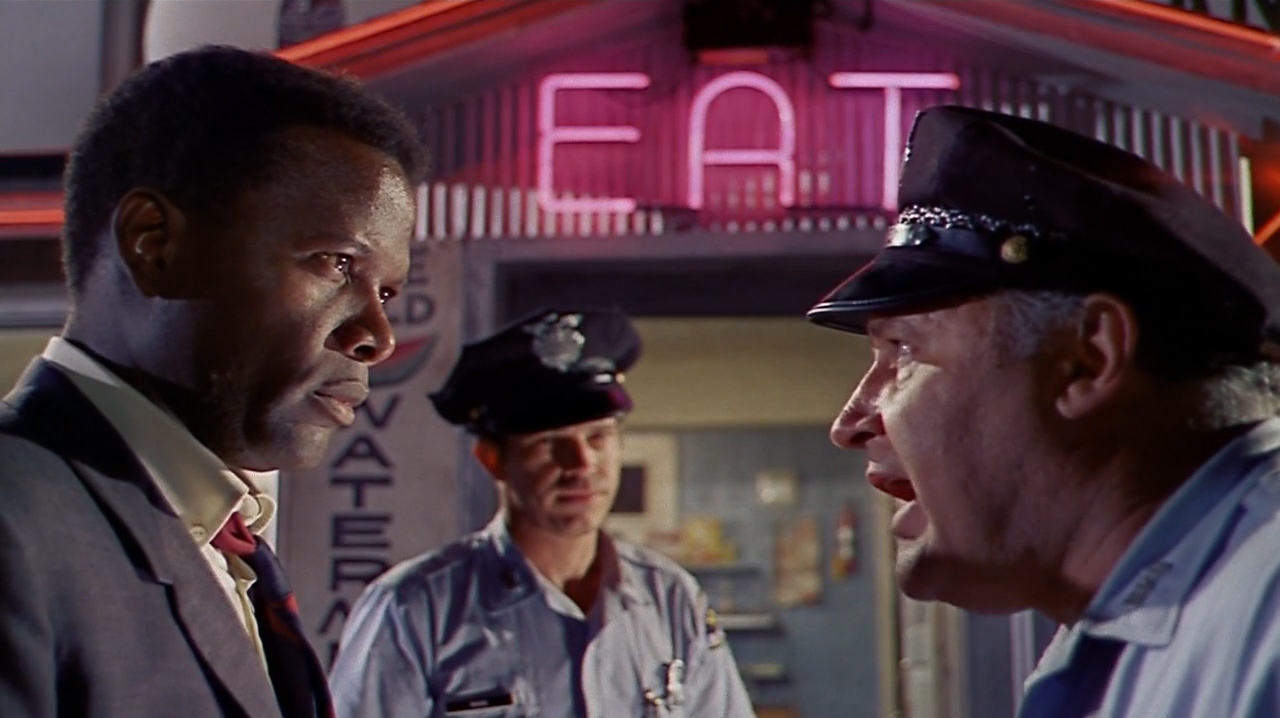After more than 50 years, “Get Back” will finally be released as a documentary film in September.
When the Beatles began their work on what was intended to be “Get Back,” the complicated sessions and band member relationships led to the band throwing its hands up in the air. Eventually a “Let It Be” album and film were released, chieflyderived from the Get Back sessions. Very few were happy with the record produced by Phil Spector and the movie.
“Let it Be” hasn’t been available to the public since the early days of commercial VHS tape.
On Thursday, Walt Disney Studios and Apple announced that a Peter Jackson-created documentary called “Get Back” would be released around the world.
According to the announcement, The Walt Disney Studios officials stated they had acquired the worldwide distribution rights to “acclaimed filmmaker Peter Jackson’s previously announced Beatles documentary. The film will showcase the warmth, camaraderie and humor of the making of the legendary band’s studio album, “Let It Be,” and their final live concert as a group, the iconic rooftop performance on London’s Savile Row.

The Beatles: Get Back” will be released by The Walt Disney Studios in the United States and Canada on September 4, 2020, with additional details and dates for the film’s global release to follow. The announcement was made earlier today by Robert A. Iger, executive chairman, The Walt Disney Company, at Disney’s annual meeting of shareholders.
“No band has had the kind of impact on the world that The Beatles have had, and ‘The Beatles: Get Back’ is a front-row seat to the inner workings of these genius creators at a seminal moment in music history, with spectacularly restored footage that looks like it was shot yesterday,” says Iger of the announcement. “I’m a huge fan myself, so I could not be happier that Disney is able to share Peter Jackson’s stunning documentary with global audiences in September.”
“The Beatles: Get Back,” presented by The Walt Disney Studios in association with Apple Corps Ltd. and WingNut Films Productions Ltd., is an exciting new collaboration between The Beatles, the most influential band of all time, and three-time Oscar®-winning filmmaker Peter Jackson (“The Lord of the Rings” trilogy). Compiled from over 55 hours of unseen footage, filmed by Michael Lindsay-Hogg in 1969, and 140 hours of mostly unheard audio recordings from the “Let It Be” album sessions, “The Beatles: Get Back” is directed by Jackson and produced by Jackson, Clare Olssen (“They Shall Not Grow Old”) and Jonathan Clyde, with Ken Kamins and Apple Corps’ Jeff Jones serving as executive producers.
The footage has been restored by Park Road Post Production of Wellington, New Zealand, and is being edited by Jabez Olssen, who collaborated with Jackson on 2018’s “They Shall Not Grow Old,” the groundbreaking film which featured restored and colorized World War I archival footage. The music in the film will be mixed by Giles Martin and Sam Okell at Abbey Road Studios in London. With this pristine restoration behind it, “The Beatles: Get Back” will create a vivid, joyful and immersive experience for audiences.
Peter Jackson says, “Working on this project has been a joyous discovery. I’ve been privileged to be a fly on the wall while the greatest band of all time works, plays and creates masterpieces. I’m thrilled that Disney have stepped up as our distributor. There’s no one better to have our movie seen by the greatest number of people.”
Paul McCartney says, “I am really happy that Peter has delved into our archives to make a film that shows the truth about The Beatles recording together. The friendship and love between us comes over and reminds me of what a crazily beautiful time we had.”
Ringo Starr says, “I’m really looking forward to this film. Peter is great and it was so cool looking at all this footage. There was hours and hours of us just laughing and playing music, not at all like the version that came out. There was a lot of joy and I think Peter will show that. I think this version will be a lot more peace and loving, like we really were.”
“The Beatles: Get Back” is also being made with the enthusiastic support of Yoko Ono Lennon and Olivia Harrison.
Although the original “Let It Be” film, directed by Michael Lindsay-Hogg, and the accompanying album were filmed and recorded in January 1969, they were not released until May 1970, three weeks after The Beatles had officially broken up. The response to the film at the time by audiences and critics alike was strongly associated with that announcement. During the 15-month gap between the filming of “Let It Be” and its launch, The Beatles recorded and released their final studio album, “Abbey Road,” which came out in September 1969.
Shot on 16mm and blown up to 35mm, the 80-minute “Let It Be” movie was built around the three weeks of filming, including an edited version of the rooftop concert. The GRAMMY-winning “Let It Be” album topped the charts in the U.S. and the U.K.
The new documentary brings to light much more of the band’s intimate recording sessions for “Let It Be” and their entire 42-minute performance on the rooftop of Apple’s Savile Row London office. While there is no shortage of material of The Beatles’ extensive touring earlier in their careers, “The Beatles: Get Back” features the only notable footage of the band at work in the studio, capturing John Lennon, Paul McCartney, George Harrison and Ringo Starr as they create their now-classic songs from scratch, laughing, bantering and playing to the camera.
Shot on January 30, 1969, The Beatles’ surprise rooftop concert marked the band’s first live performance in over two years and their final live set together. The footage captures interactions between the band members, reactions from fans and employees from nearby businesses, and comical attempts to stop the concert by two young London policemen responding to noise complaints.
A fully restored version of the original “Let It Be” film will be made available at a later date.














 Each year after the winner of the Academy Award for Best Picture is announced, I immediately buy it, if I don’t already have it in my collection.
Each year after the winner of the Academy Award for Best Picture is announced, I immediately buy it, if I don’t already have it in my collection.











